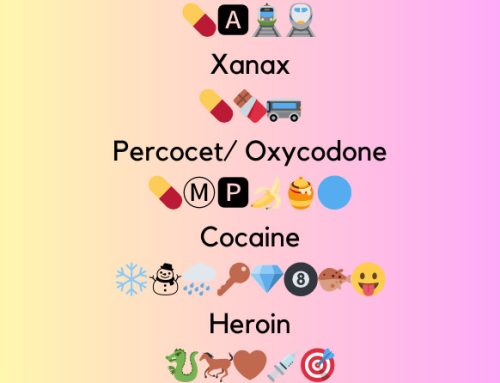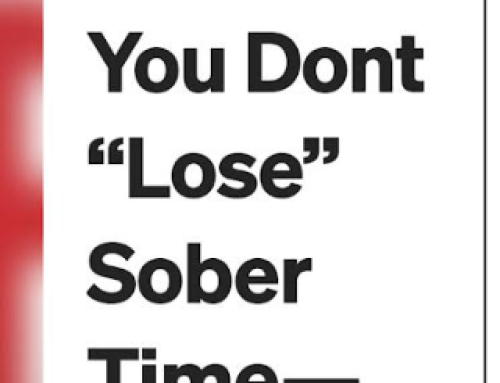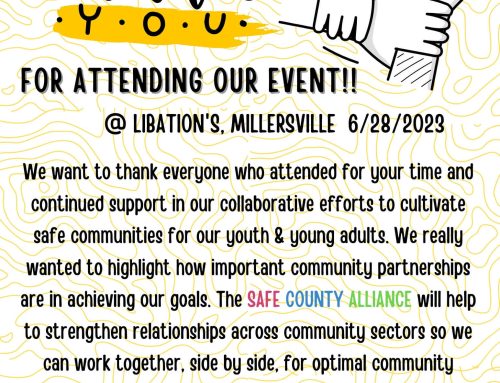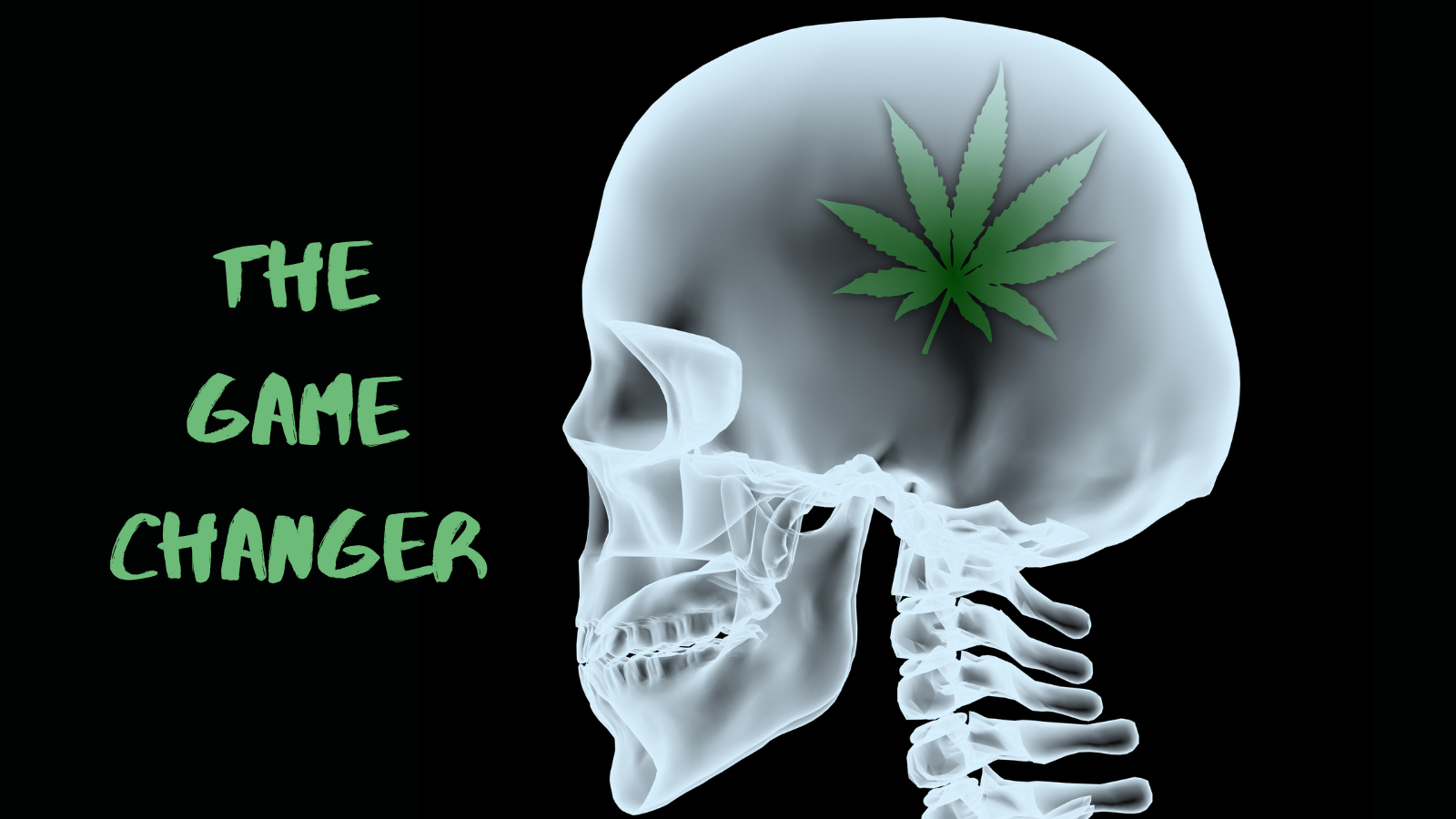
Marijuana/Cannabis (other names: Weed, Honey, Chronic, Loud, Ganga, Hemp, Sativa, and Indica) is now mainstream. Through a study done by Marist College in 2017, it was determined that there are over 55 million people that were using cannabis, and that number has doubled through 2019. In the United States Cannabis is recreationally legal in 11 states, and medicinally legal in 33 states including the District of Columbia, making marijuana more readily available to anyone with a medical marijuana card.
According to a survey done by NIH, adolescent Marijuana has increased over time for most grade school students. In 2016 marijuana use amongst 8th graders was at 12.8% by 2019 the numbers have increased to 15.20%; for 10 graders in 2016 the percentage of students were 29.60% and by 2019 the increase was to 32.70%; and for 12 graders in 2016: 44.50% and by 2019: 43.70%. We have a lot of work to do in regards to educator young people on the full effects of Marijuana.
Marijuana is looked at as a new phenomenon, when in reality, it has been around for thousands of years. The first knowledge of medical Cannabis was around 5000 B.C., where it was used to treat gout, malaria and anxiety. Hemp has been used industrially to make paper, fabric and rope; medicinally to treat illnesses; and recreationally to experience elation and euphoria.
There are two major components of the Cannabis plant that are used: CBD and THC. CBD, short for cannabidiol, is a chemical compound from the Cannabis sativa plant. CBD is used to treat Autoimmune diseases (rheumatoid arthritis), Neurological conditions (Alzheimer’s, dementia, Parkinson’s, multiple sclerosis, epilepsy, Huntington’s, chorea, stroke, traumatic brain injury), Metabolic syndrome (diabetes, obesity), Neuropsychiatric illness (autism, ADHD, PTSD, alcoholism), Gut disorders (colitis, Crohn’s), Cardiovascular dysfunction (atherosclerosis, arrhythmia), and Skin disease (acne, dermatitis, psoriasis). Medical marijuana can come in many forms: lotion, pills, baked goods, creams and smoked, and would need a medical marijuana card in order to legally purchase the drug.
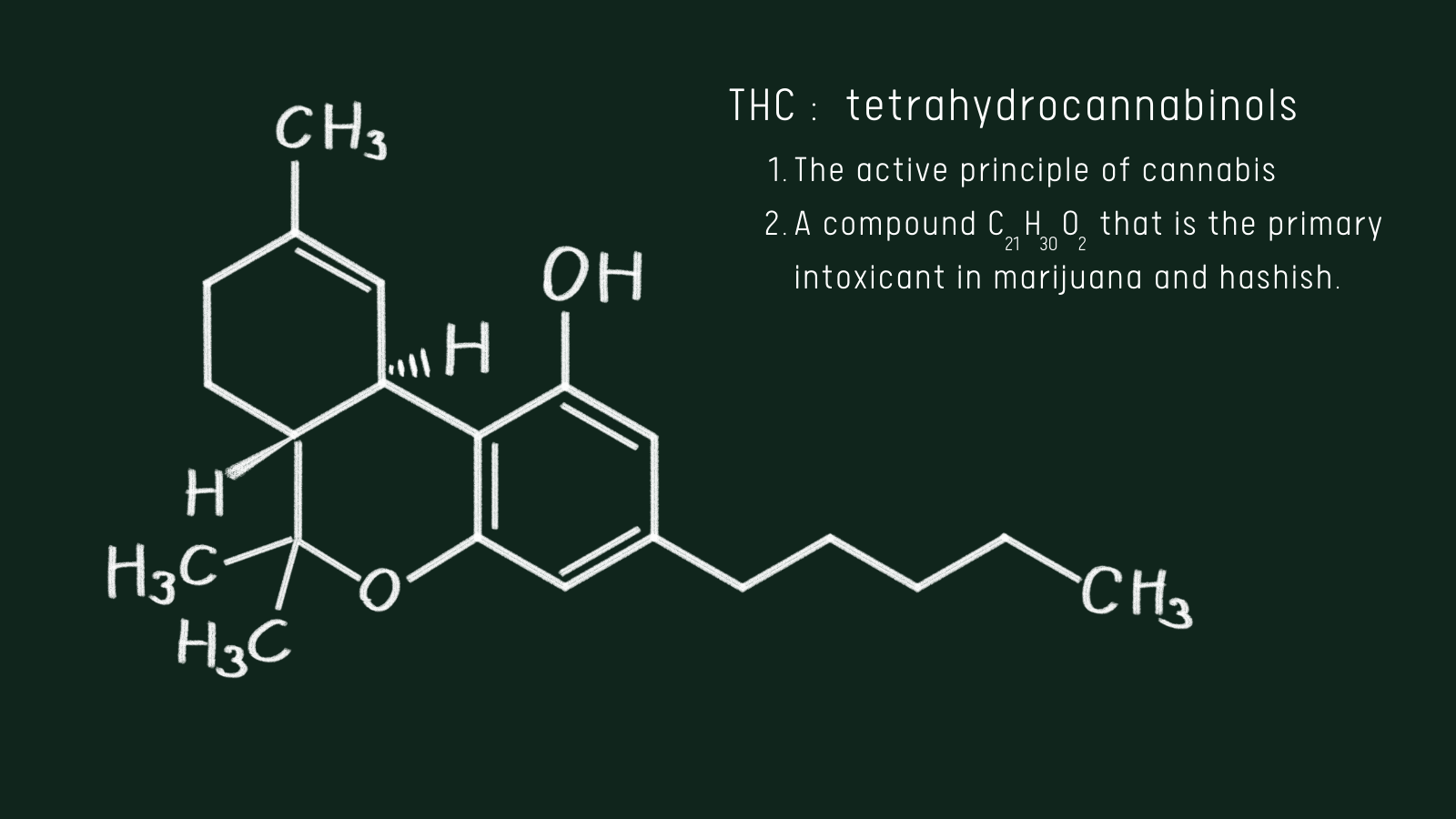
THC (Tetrahydrocannabinol) in Marijuana is the psychoactive component. THC latches on to the cannabinoid receptors in the brains’ reward system that affect pleasure, concentration memory, mobility, and perception. THC brings on a feeling of being happy, relaxed or euphoric for most but not everyone has pleasant experiences with marijuana. For some people, instead of relaxation and euphoria, some people who use marijuana may experience anxiety, fear, distrust, or panic. People tend to underestimate marijuana’s unexpectedly high potency and those who have taken large doses of marijuana may experience an acute psychosis, which includes hallucinations, delusions, and a loss of the sense of personal identity.
Marijuana is proven to have adverse effects on the growth processes of the immature brain. The growth of an adolescent’s brain and organs continue on until the age of 25. Adolescent daily cannabis can use can affect the development of the brain and can sometimes cause irreversible lack in brain development. High levels of THC found in vaping marijuana causes impaired thinking and interferes with a person’s ability to learn and perform complicated tasks. THC also disrupts functioning of the brain areas that regulate balance, posture, coordination, and reaction time.
THC also disrupts functioning of the brain areas that regulate balance, posture, coordination, and reaction time. High levels of THC use in marijuana causes impaired thinking and interferes with a person’s ability to learn and perform complicated tasks. There is a high level of THC in the marijuana Dab (BHO, Butane hash oil). The deaths that are attributed to marijuana are due to the effects that are caused from dabbing and edibles.
Though there is no evidence of death due to smoking marijuana, you have to consider that anything that you put in your lungs that is not air, could have an adverse effect on them. Marijuana can cause the same types of irritants like tobacco smoke. Marijuana smoke will irritate the throat and lungs and can cause a heavy cough during use. It also contains levels of dangerous chemicals and higher levels of tar that are similar to tobacco smoke, which begs the question about the risk for cancer and lung disease. Marijuana smoking is associated with large bronchitis, asthmas, airway inflammation, and lung inflammation, and those who smoke marijuana regularly report more symptoms of chronic bronchitis than those who do not smoke.
This discussion has become so broad that it is talked about even in Congress. Your voice is important and you should be heard. Complete surveys and questionnaires whenever possible, let people know where you stand. Education is a huge key to understanding this drug and preventing misuse and abuse.
Marijuana Anonymous – 800-766-6779
Anne Arundel County Department of Health 410-222-0117
Substance Abuse Mental Health Association – 800-662-4357
Anne Arundel County Medical Center’s Pathways: 443-481-5400

